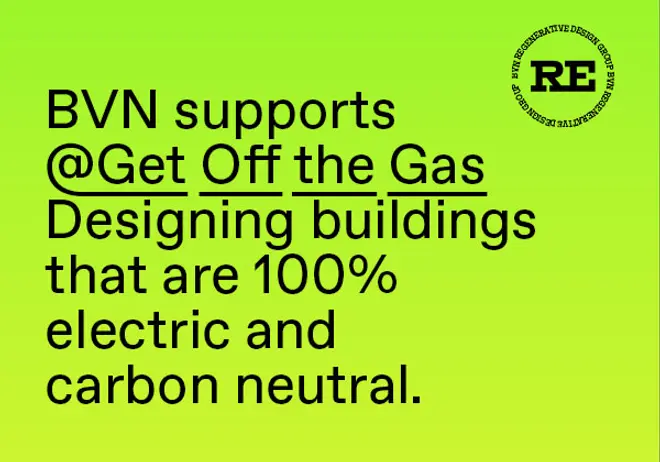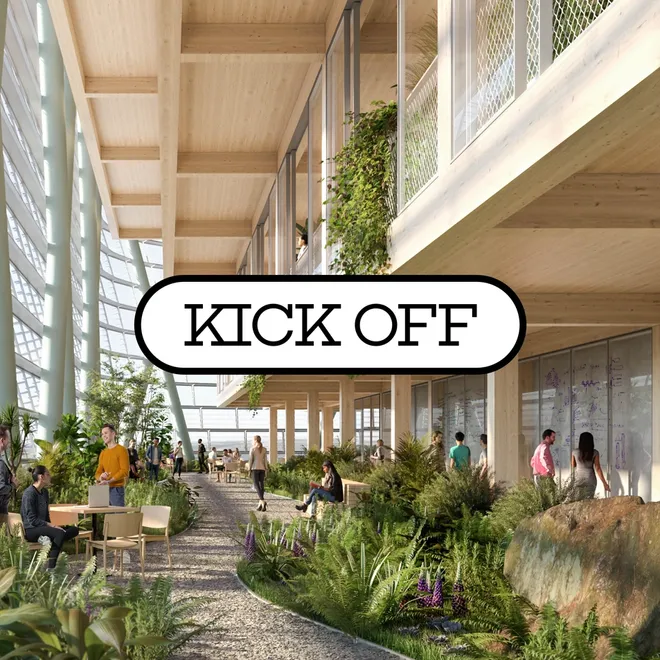Opinion — January 18, 2023
The Need to Analyse Architecture's True Impact
My Australian architectural education sought to impress upon me the imperative of place and climate as dominant systems to design by. The Australian climate is harsh and unforgiving, and our architectural vernacular has often sought an equilibrium with nature. We were educated in precedent, taught passive design strategies applicable to our climate, and were assessed—in part—on the rigour with which we applied these strategies in design studios.
We were not, however, taught the means, nor made aware of the need, to test the real effectiveness of these foundational strategies when applied in design. Thermal mass can improve a buildings operational energy performance, but by how much? A timber structure usually results in less embodied carbon than a comparatively performant concrete structure, but by what order of magnitude? A locally sourced material should have a lower carbon-footprint than a European alternative, but sometimes supply chains can invert this assumption.
Despite being taught in an era of accessible material databases and convenient analysis software, I was educated primarily in strategy and application, but not analysis or verification.

The Australian architectural profession’s position on our environmental impact and responsibility to act is clear – the Australian Architects Declare is now a 1074-signatory-strong arm of a global movement of regional architectural collectives loudly declaring to our building industry – and to the world – that our planet is experiencing a climate emergency and we must act together.
However, we face an undeniable challenge to acting. In order to turn our experience, knowledge, and good intentions into quantifiably positive, rigorously verifiable, as-built results, we need new skills and a new mindset. For many, the idea that simple and affordable digital tools can provide rigorous environmental analysis is novel. For others, balancing the guidance of analysis against conceptual design priorities can be ideologically challenging. However, resolution of this skill shortage and the embedding of digital environmental analysis tools and methodologies into our architectural design process are the two most important moves we as a profession can make to reduce our work’s real impact on the planet.
...to turn our experience, knowledge, and good intentions into quantifiably positive, rigorously verifiable, as-built results, we need new skills and a new mindset.
So how might we go about this?
For many practices, collaboration with an Environmentally Sustainable Design (ESD) consultant seems a natural first step to educating ourselves, integrating environmental analysis into our design process and measuring the impact of our design decisions.
This is a good first step. However, to reduce the operational and embodied carbon footprint of our projects to net-zero, environmental analysis is needed to inform all design decisions at all stages of a project’s life. For example, the greatest potential for cuts in greenhouse gas emissions are at the beginning of a project’s life, a point at which an architect makes some of a project’s most impactful design decisions (Figure 2).

This is an especially effective point for an ESD consultant’s advice to make a tangible difference to a projects as-built carbon footprint. However, ESD consultants are seldom engaged or budgeted for by the client at this stage of the process, let alone the many other stages of a project that would benefit from such advice.
This poses an obvious issue; engaging a consultant to this extent would be expensive, and thus unlikely. If we cannot have an external expert’s opinion at every turn, we must take responsibility for the decisions we make in their absence.
Informing ourselves will require investment in education and software across both practice and academia. Education in contemporary regenerative design principles, environmental analysis types, digital modelling competencies, and effective communication skills; software in terms of effective environmental analysis tools that integrate deeply into a practice’s design and documentation workflows.
Extensive educational resources are freely available in the public domain. In addition to the online resources collated on the Architects Declare websites, commissioning internal learning sessions or attending industry talks can be a great way to quickly upskill staff.
If we cannot have an external expert’s opinion at every turn, we must take responsibility for the decisions we make in their absence.
Digital environmental analysis tools represent one of the greatest opportunities for accessible environmental analysis in the architectural profession, but careful and informed application is key to ensuring dependable results. For the many types of environmental analysis that can be performed on a design model, dedicated analysis software’s, and plugins that extend the analysis capabilities of common architectural software’s, are numerous, and deciding what tool is right for your practice, project and people is important (Figure 3).

One example is embodied-carbon analysis tools; an area I have focused on in practice for several years. At the large practice I work for, many variables affect the applicability and integration of embodied-carbon measurement tools in practice, and we have had to tread carefully to ensure the analysis is both dependable and actionable. These include the nature of the project brief, the quality of a project’s BIM model, the specificities of a team’s design and documentation process, the motivations of a project leader, and the timeframes of the project. In response to these variables, we identified key criteria to guide our selection of appropriate tools and workflows (Figure 4).

As COVID-19 swept the globe, our attention and priorities in both practice and life shifted. For some, the very survival of architectural practice was at stake. For others, practice thrived but the existential threat of climate change paled somewhat in the shadow of new strains, subvariants and lockdowns.
Today, however, with COVID increasingly part of everyday life, it is imperative we resume the environmental conversation. The profession must show leadership through action. We can acknowledge and mobilise around our contribution to the 38% impact of the built environment on global carbon emissions, we can identify and discuss the potential areas of our work to achieve significant cuts to these emissions, and we can lobby our clients towards more sustainable project briefs. But this alone is not enough.
We must amend curriculums within our educational institutions to support environmental analysis skillsets in graduates, and we must educate and upskill ourselves within commercial practice. Article No.7 of the Architects Declare declaration that many of us are signatories to elevates measurement through environmental analysis to be ‘included in our basic scope of work’ – to do this, we must invest in amending our design process’ to make way for routine analysis of our strategies and assumptions.
But, most importantly, we must begin right now.
Article as published in the Australian Institute of Architects December 2022 Architecture Bulletin, 'Practice & Materiality' P42-43.

Mitchell Page (BArch, MArch) is an Associate Architect and Senior Computational Designer at BVN Architecture. Passionate about interrogating the intersection of design and computation, he has presented or exhibited work at various international conferences at institutions including MIT and ETH Zurich, and been published across multiple journals on the topics of robotics, digital fabrication, and computational design. He has held academic roles in architectural design, digital fabrication and computational environmental analysis at the University of Sydney, the University of New South Wales, and the University of Technology, Sydney.


